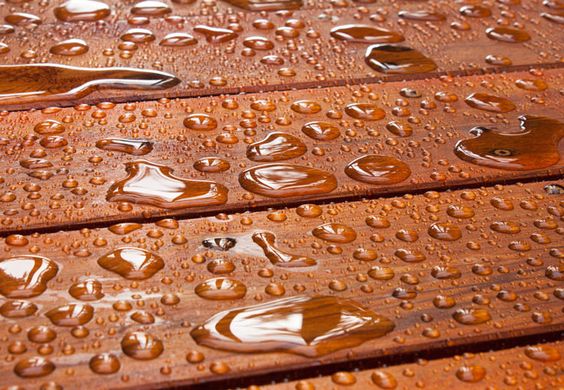3 Ways to Waterproof Wood

Introduction:
Waterproofing wood is an essential step in maintaining its longevity and preventing damage due to moisture. By safeguarding wood against water, you can prevent warping, rotting, and the growth of mold and mildew. In this article, we will explore three methods to waterproof wood effectively.
1. Using a Wood Sealant:
One of the most common ways to waterproof wood is by applying a sealant. Several types of sealants are available on the market, with each offering different benefits depending on the type of wood and its intended use. Some common types include polyurethane, varnish, lacquer, and epoxy resin.
To apply a sealant:
1. Begin by thoroughly cleaning and sanding the wood surface to remove any dust or debris.
2. Apply a thin layer of the chosen sealant using a brush or roller.
3. Allow the first coat to dry completely before applying additional coats as needed.
4. Be sure to follow the drying times and recommended number of coats specified by the manufacturer.
2. Applying Waterproof Paint:
Another way to protect your wood from moisture is by using waterproof paint designed specifically for wooden surfaces. Waterproof paint not only shields the wood against water damage but also provides added protection from UV rays, mold, and mildew.
To apply waterproof paint:
1. Clean the wood surface thoroughly, removing any dirt or debris.
2. Sand the surface if necessary to ensure an even application.
3. Apply a primer before using waterproof paint to promote better adhesion.
4. Apply your chosen waterproof paint evenly using a brush or roller.
5. Allow each coat of paint to dry fully before applying additional coats.
2. Oil Treatment:
Certain types of oil can act as powerful natural waterproofing agents for wood when they penetrate its fibers deeply enough. Examples include linseed oil, tung oil, and Danish oil. Using an oil treatment can provide a beautiful and natural finish while protecting the wood from water damage.
To apply oil treatment:
1. Clean and sand the wood surface if necessary.
2. Use a clean brush or cloth to apply a thin layer of the chosen oil onto the wood.
3. Leave the oil to soak into the wood for about 15-30 minutes.
4. Wipe away any excess oil with a clean cloth before it dries.
5. Repeat these steps as needed until you achieve your desired level of protection.
Conclusion:
Properly waterproofing wood can significantly extend its lifespan by preventing water damage, mold, and mildew growth. By using a sealant, applying waterproof paint, or opting for an oil treatment, you can protect your wooden items and maintain their quality over time. Always follow manufacturer instructions and allow adequate drying time for optimal results.






